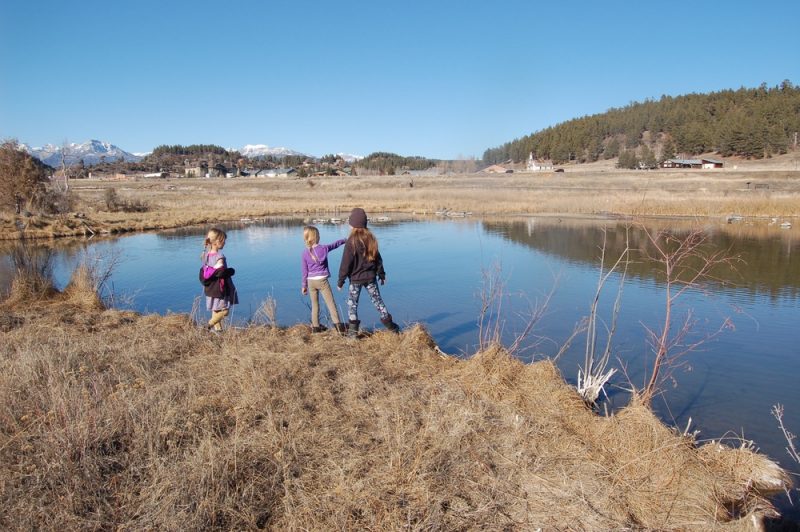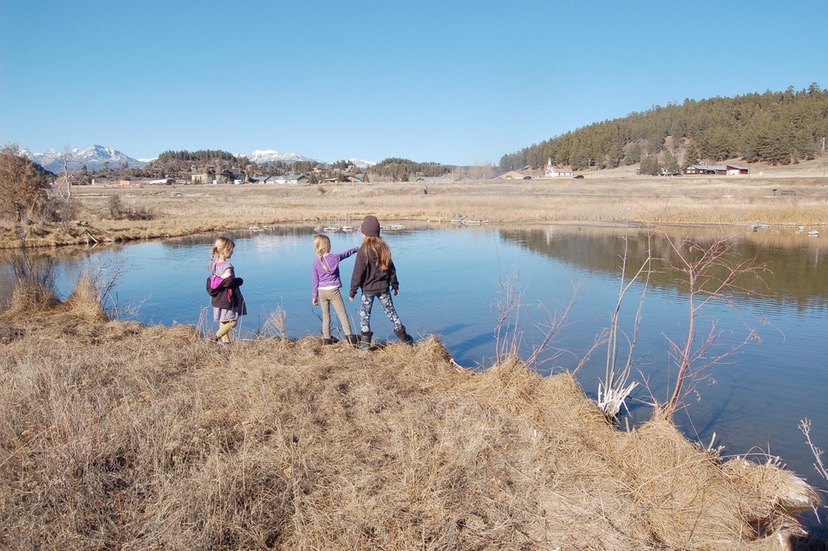Swamps, wet meadows, floodplains, bottomlands, bogs, freshwater and saltwater marshes, places where the water stands still and the soil becomes inundated to the point of saturation…these are wetlands. Tuesday, February 2, marked the annual celebration of World Wetlands Day. Though this day has passed, it’s important to note that this often-neglected habitat type is a true reflection of life and biodiversity, so let’s celebrate it.
After all, wetlands are the great defenders. They control flooding events by slowing down and spreading out pulse runoff flows, they absorb and purify water by trapping excess sediment, they sequester many impurities by trapping and storing them in their anaerobic soils, thereby protecting the adjacent and often more vulnerable aquatic life in riparian zones. Along coastlines, wetlands act as bulwarks, taking the brunt of tidal shifts and defending inland waterways from erosion.

Why, then, must we continue to undermine and take for granted this portent of necessity and life? In 1990, the US Fish and Wildlife’s National Wetlands Inventory determined that between the 1780s and 1980s, the ‘lower 48’ of the United States saw a net loss of about 53% of its total wetlands. A startling figure, it’s been estimated that during this 200 year period, 60 acres of wetland were lost every hour to development and associated means.
A more recent (2019-2020) toll included the devastating and uncensored groundwater pumping from the iconic 2400-acre San Bernardino National Wildlife Refuge in southern Arizona for border wall construction. This wetland complex houses a wide array of diverse life, including two species of native and endangered fish found nowhere else. The bottom line is: we have a long-standing debt to pay back on our wetland take.
Now for the good news. Among other top-line priorities, the current administration plans to restore protections ensured within the Clean Water Act and National Environmental Policy Act (NEPA), two measures that offer wetlands hope and security. If you have access to water rights and have an interest in re-establishing defunct wetlands, consider contacting Colorado Division of Water Resources to learn more about what you can do to provide valuable habitat. Additionally, development projects can visit Colorado’s Wetland Information Center to learn more about the difference between Compensatory Mitigation vs. Voluntary Restoration.
Ask yourself, how familiar are you with your local wetlands? Consider a visit to a local wetland, and ask some questions. If you have children, here are a few activities to try out:
1. How many different types of plants can you find in and around the wetland? Notice that some of the plants are either partially or fully submerged in the water. These are hydrophytes. What adaptations may these plants have adopted to live in a wetland?
2. What kind of wildlife can you detect? Though it’s still winter time, pay a visit to our warm-water wetlands downtown and with a few minutes of observation, one may note a surprising amount of life. There are roughly 180 species of birds that visit this area yearly. How many can you spot? Once the red-winged blackbirds arrive, watch for their unique breeding and nesting activities.
3. As we advance towards spring keep an eye out for increased activity and noises. One spring tradition I have with my daughter is to crawl commando-style on our bellies as close to our neighborhood wetland as possible to see if we can spot the Houdini-act of the Boreal chorus frogs as they emanate piercing mating songs.
For more age-appropriate challenges, visit plt.org/stem-strategies/watch-on-wetlands/ where Project Learning Tree offers STEM-based activities ranging from mapping activities to quantifying ecosystem goods and services gained from preserving wetlands.
For more regionally-appropriate resources, visit rockies.audubon.org and enter “wetlands” into the search bar.
Additionally, learn of upcoming plant and bird walks along the downtown San Juan Riverwalk by following Weminuche Audubon Society events at weminucheaudubon.org ..and by learning more about Pagosa Wetland Partners, an associated group committed to “protecting, conserving, and enhancing” the health and beauty of the Riverwalk Hot Springs Wetlands.

